From Argentina proper, we sailed southeast a day to the Falkland Islands. There was a war between Argentina and England about in 1982 for possession of these "rocks". I'm not quite sure why England wanted to keep these low, windswept islands except as a military base in the southern Atlantic. And to show their might against the nutty, militaristic new president of Argentina.
The Falklands are essentially two mostly flat, larger islands east and west and a multitude of smaller islands scattered about. Their main income is from sheep products and tourism. Surprisingly, the prices and quality of goods in their tourist traps were relatively good. Laying between 50-55 degrees south, tourism is only for a few months in the winter. Otherwise, it's cold with a little rain or lots of dry snow in the summer.
This is the Governor's residence in Port Stanley. He probably did something very bad in England and was castigated to this southern "Elba". . . .
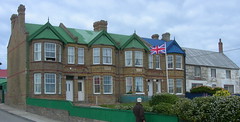
In a small park next to the church we found these whalel jaws. Reminiscent of the past history of these islands when they were a center for the Right whale fleet and processing of whale oil and other products.
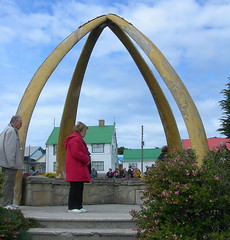
After our jaunt around Port Stanley we were disappointed that we couldn't find any transportation to see the penguins of The Falklands. All the tour trips were taken by the TWO ships in this tiny port. And we were told that private taxis were only for locals around the island. And sure enough, when I asked a parked taxi driver if he could take us to the see the penguins, he confirmed what we'd been told. So as we were standing in line to get on the lighter back to the ship I spotted a van loading people. I ran over asked where they were going, if they had room for two more and how much. Twenty US to take us to Gypsy Cover. Cool!!! I motioned to Deb to join me and told her to pay the lady $20. She asked what for and I said, "Wanna see the penguins or not? Cough up the dough", and off we went. If nothing else, I'm can be succinct.
On the drive to Gypsy Cove to see the penguins, we stopped close to this 3-masted shipwreck that has been sitting on the sandbar for close to 100 years.
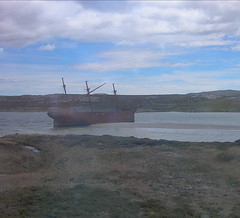
There are several penguin species that inhabit the Falklands: Chin Strap, Magellenic and King Penguins. Although we didn't travel to beaches where the large King penguins normally live, we did see ONE King on the beach with a whole herd? flock? gaggle? of Magellen penguins. As a raptor flew over the flock, the little penguins quickly fled for the water; while the King penguin ambled to the edge of the surf. His fright of the hawk was not nearly as great as the smaller penguins. Unfortunately, the beach was so far away that I couldn't get an decent photos of this penguin flock. Because of the land mines planted during the Falkland War and removed as well as possible, we were advised not to walk beyond the gravel paths.
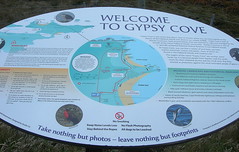

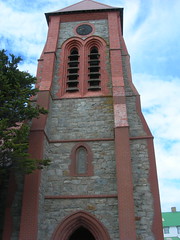
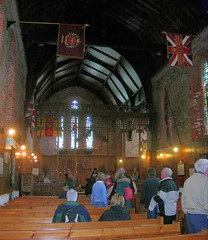
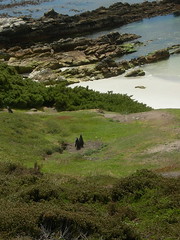


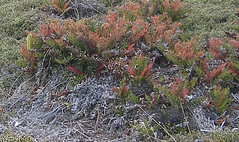

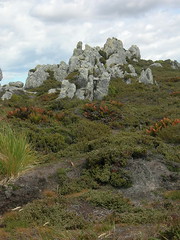
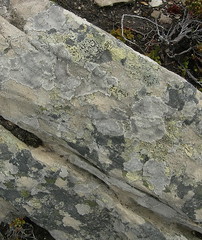
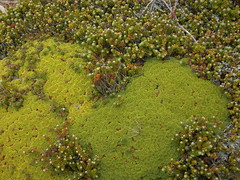

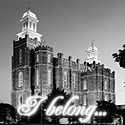

1 comments:
I really like the Falkland photographs. Especially the moss. Great texture.
What cruise line? I have wanted to take an Antarctic cruise for years. Maybe now that I will be retired ---?
Post a Comment